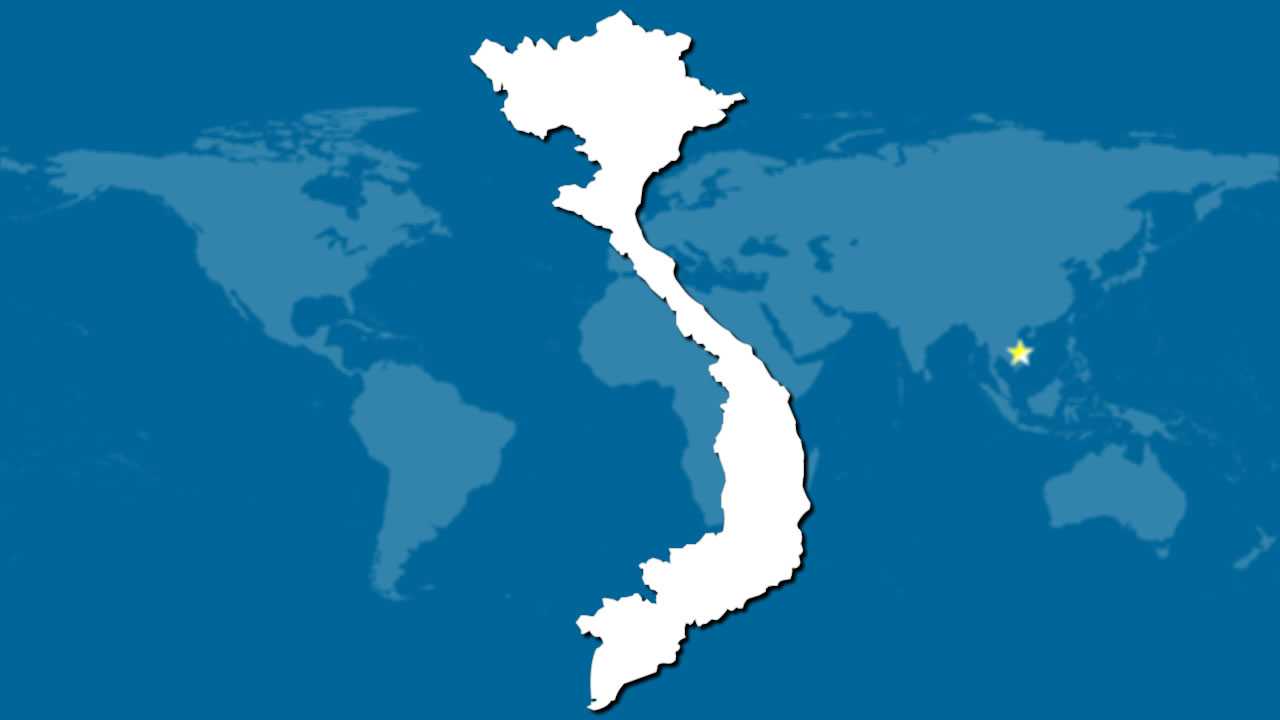According to the latest survey by the Vietnam Standards and Consumers Association (Vinatas) in Hanoi, HCM City, Binh Duong and Soc Trang, a third of local coffee products were either of extremely low quality or even fake.
Of the 253 coffee samples tested, up to 30.04% had very low levels of caffeine (less than 1g per liter). Five samples did not contain any caffeine.
The samples were randomly purchased at different coffee selling points, including luxury cafes, teahouses, hospital cafeterias, sidewalk cafes, and vendor cafes.
Most of the coffee samples that contained very little or no caffeine were sold at sidewalk, vendor cafes and hospital and school canteens.
According to Vinatas, this quick survey mainly reflected the quality of coffee offered for the popular segment. To get a more comprehensive view of the brewed coffee market in Vietnam, it will conduct other surveys.
According to a report on Vietnam’s coffee industry released by the US Department of Agriculture (published on January 6th 2016), in the coffee season of 2015-2016, domestic consumption of processed coffee in Vietnam is estimated at 2.25 million bags, equivalent to 135 million kilos of raw coffee.
Based on this figure, and the standards of the Specialty Coffee Association of America, to brew a 150ml cup of coffee, it needs an average of 8 to 8.5 grams of coffee beans (raw coffee), equivalent to 0.008 kg of coffee (washy) and 0.0085 kg of coffee (thick).
Thus one kilogram of coffee (raw materials) can make 125 cups of washy coffee and 118 cups of thick coffee.
With 135 million kg of raw coffee consumed in the season of 2015/2016, Vietnamese people drank up to coffee up to 16,875 billion cups of coffee.
Coffee tainted with corn, soybeans and fish sauce
An inspection of coffee processing establishments in Binh Tan and Binh Chanh districts in HCM City on July 15 once again showed the dubious quality of processed coffee.
At an establishment, inspectors detected a large volume of processed coffee mixed with soybean and corn powder and hundreds of kilos of unprocessed soybeans as well as fish sauce, used to “enhance the flavor of coffee,” as workers said.
The owner of this small enterprise said besides processing pure coffee, the facility also produced “mixed coffee,” meaning coffee mixed with soybean powder and other things. The processing fees range from VND1,500 to VND15,000 per kilo. The coffee formulas are set by clients, who run coffee shops, depending on their “taste” and their “conscience”.
The most common formulas are 40/60, 50/50 or 30/70 between coffee and soybeans. With this formula, cafés can “save” several USD/kilo of coffee even when they have not sold any cup of coffee yet.
The manager of a coffee production facility in Binh Tan district said the production cost for 1kg of processed coffee is at least VND100,000 while customers can buy powdered coffee for only VND55,000-VND60,000/kg. This kind of coffee is “mixed coffee”, this person said. Some kinds of mixed coffee are not produced from soybeans but toxic chemicals.
The owner of a coffee shop in Phu Nhuan District, HCM City, said the minimum investment for a fake coffee processing line is only VND10 million ($500), which consists of a tank to dry soybeans and maize and a grinder while profits from fake coffee are huge.
The direct victims of fake coffee are coffee drinkers. They pay money for a real cup of coffee but drink a mixture of water + soybean and corn powder + fish sauce. Oddly, this happens in the world’s second largest coffee exporting country.
Besides being cheated, coffee drinkers face danger for their health although there are no studies about the harm of substances used to produced fake coffee.
The fight against fake coffee is now the task of authorities and the wisdom of coffee users.
Experts say
Dinh Van Manh from the Department of Anti-Environmental Crime Police said the fake coffee was largely a mixture of corn, soybean and flavored powder.
“The market isn’t only flooded with dirty coffee that is produced in unhygienic conditions, but also fake coffee made from different powders and sometimes chemicals,” he said.
Nguyen Duy Thinh from the Hanoi University of Science and Technology voiced concern about the potentially carcinogenic ingredients being used in these cheap coffees.
According to Thinh, coffees cheaper than VND160,000 per kilo were extraordinarily likely to be fake and could include mouldy corn, soybean and cheap coffee beans that have not been stored properly.
“Vietnamese people like strong bitter taste in their black coffee so those ingredients will be over roasted. This is carcinogenic,” he said.
Meanwhile, Le Phan Cafe Company said each person had different taste and in order to meet market demands, they need various kinds of products and brands. Representative of Le Phan Cafe Company admitted that in order to produce cheap coffee brands, they cheated and used grains and flavoured powders.
“We hope the authorities will issue detailed criteria for coffee products. But the customers must research the formula for themselves to choose the most suitable products,” he said.
Nguyen Huy Quang from the Ministry of Health said they had only developed a national standard for coffee in the past three years for one of Vietnam’s main export products. However, there were some difficulties.
He urged firms to follow hygiene and food safety standards and be transparent with consumers.
Pham Tien Dung from the inspectorate of the Ministry of Agriculture and Rural Development thinks the punishments were still far too light for adulterated food and beverages.
“They are not strict enough to act as a deterrence, so people and firms keep violating regulations,” he said.
















